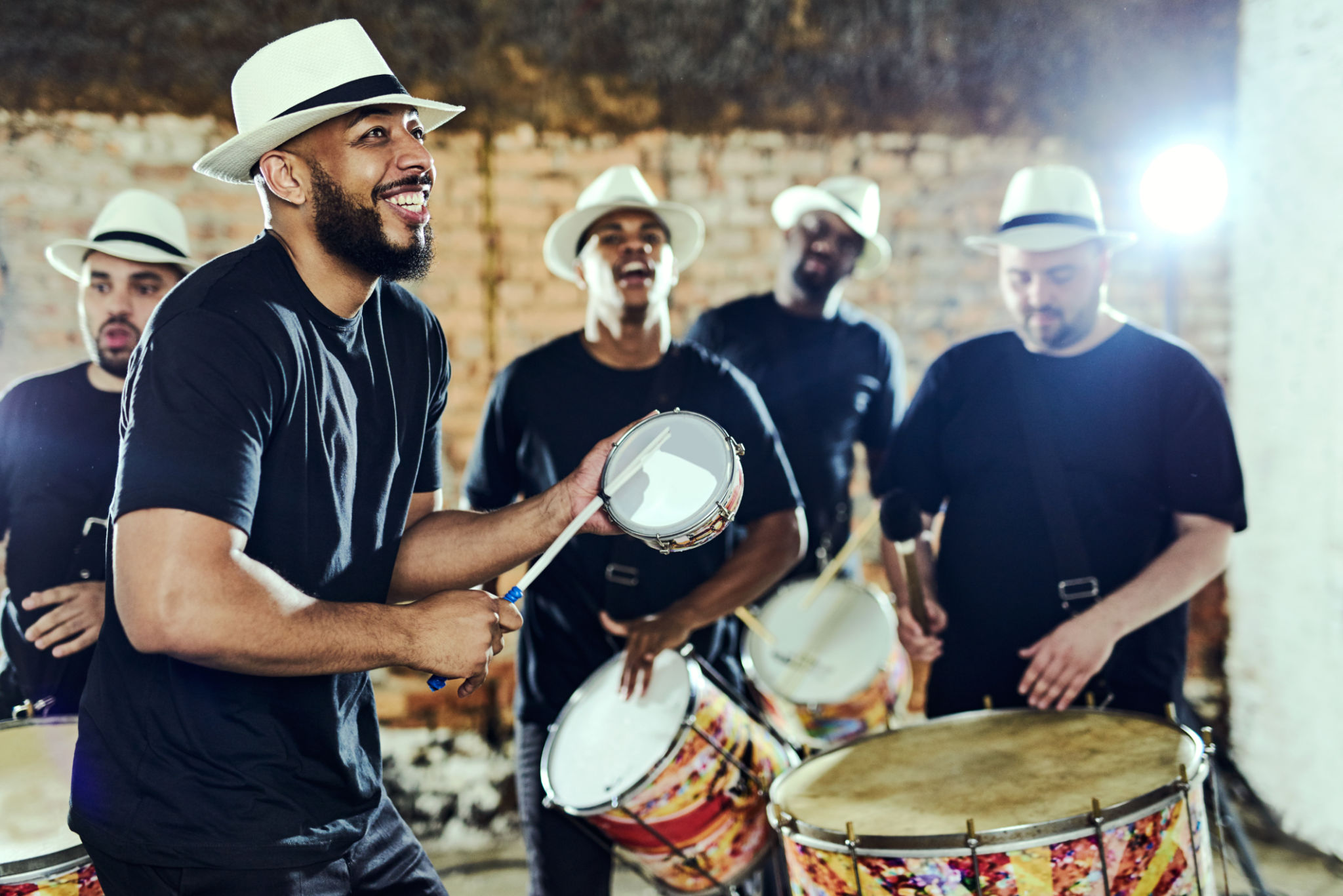DIY African Drumming: Basic Techniques to Start at Home
Introduction to DIY African Drumming
Drumming is not just a musical activity; it's a form of expression and a way to connect with different cultures. African drumming, in particular, is known for its rich history and vibrant rhythms. If you're interested in exploring this dynamic art form from the comfort of your home, you're in the right place. This guide will introduce you to the basics of DIY African drumming, helping you get started with ease.

Choosing Your Drum
The first step in your drumming journey is selecting the right drum. Two popular types of African drums are the djembe and the conga. The djembe is a goblet-shaped drum from West Africa, known for its versatile sound. The conga, on the other hand, is a tall, narrow drum that originates from Cuba, heavily influenced by African rhythms.
When choosing your drum, consider its size, weight, and the material used for the drumhead. A synthetic drumhead can offer durability and consistency, whereas a traditional animal skin provides a more authentic sound.
Basic Drumming Techniques
Before diving into complex rhythms, it's important to master some basic drumming techniques. Here are three fundamental strikes you should practice:
- Bass Tone: Strike the center of the drumhead with your palm to produce a deep sound.
- Open Tone: Use your fingers to hit the edge of the drumhead for a clear, resonant sound.
- Slap Tone: A sharper sound achieved by slapping the edge with your fingers, leaving your hand relaxed.

Practicing Simple Rhythms
Once you're comfortable with the basic strikes, start practicing simple rhythms. Begin with a basic 4/4 rhythm pattern: bass, tone, bass, slap. Repeat this sequence and gradually increase your speed as you become more confident.
Another simple rhythm to try is the 3/4 pattern: bass, tone, slap. This rhythm will help you get used to playing in different time signatures, enhancing your versatility as a drummer.
Creating Your Own Rhythms
After mastering basic rhythms, try creating your own patterns. Experiment with different combinations of bass, open, and slap tones to create unique rhythms that resonate with you. Feel free to use everyday objects around your home as additional percussion instruments to add layers to your drumming.

Connecting with the Culture
African drumming is deeply rooted in cultural traditions and community. As you develop your skills, take time to learn about the cultural significance of the rhythms you play. Understanding the history behind these beats can enhance your appreciation of their complexity and beauty.
Consider attending African drumming workshops or joining online communities to connect with other enthusiasts and learn more about this vibrant art form from those who have grown up with it.
Maintaining Your Drum
Proper maintenance of your drum is crucial for preserving its sound quality. Keep your drum away from extreme temperatures and humidity levels to prevent damage. Regularly tighten or loosen the drumhead tension as needed, and clean the surface with a soft cloth to remove dust and debris.

Conclusion
Diving into DIY African drumming can be an incredibly rewarding experience, offering both personal enjoyment and cultural insight. By choosing the right drum, mastering basic techniques, and exploring new rhythms, you'll not only develop a new skill but also connect with a rich musical tradition. So grab your drum, let your creativity flow, and enjoy the rhythmic journey ahead!
